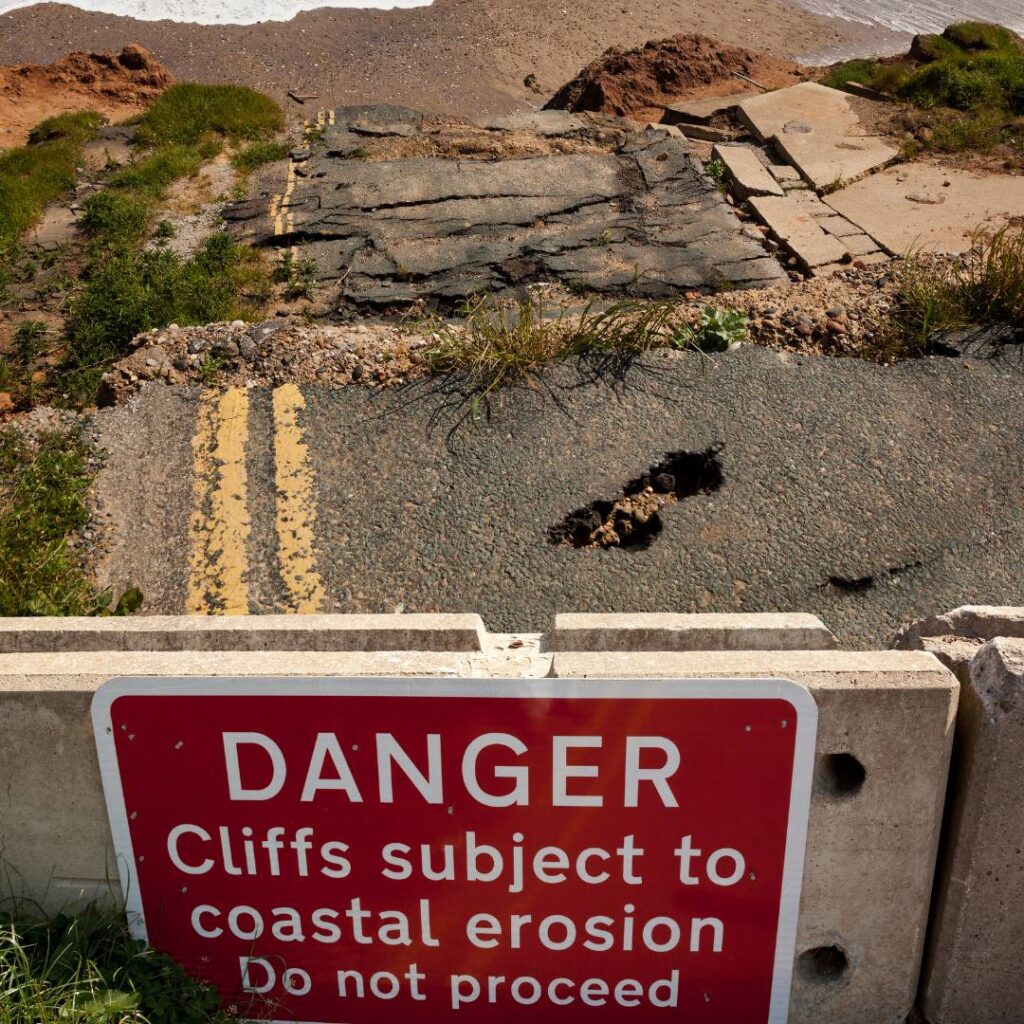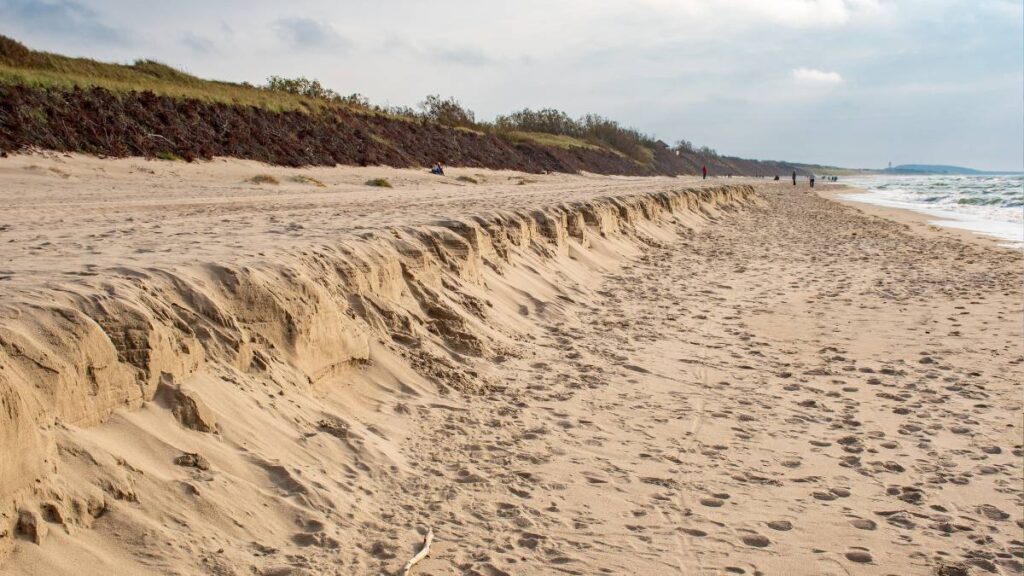Coastal erosion, a natural process accelerated by human activities and climate change, poses significant threats to shoreline stability, ecosystems, and human settlements. This article explores the causes, impacts, and solutions associated with coastal erosion, shedding light on this pressing environmental issue.
Understanding Coastal Erosion
Coastal erosion involves the removal and wearing away of land or beach sediment along the shoreline. While erosion is a natural coastal dynamic, influenced by waves, tides, and currents, its rate and intensity can be exacerbated by factors such as sea-level rise, extreme weather events, and human interference.
Causes of Coastal Erosion
- Natural Forces: Wave action, especially during storms, is a primary natural cause of erosion. Tides and currents also contribute to the gradual wearing away of coastal lands.
- Climate Change: Rising sea levels due to global warming lead to more significant coastal erosion, as higher water levels allow waves to reach further inland.
- Human Activities: Coastal development, including the construction of buildings, ports, and sea defenses, can disrupt natural coastal processes and contribute to erosion.

Road and cliffs collapsing into the sea, east coast of England, with a warning sign in the foreground
Impacts of Coastal Erosion
- Loss of Land: Coastal erosion can lead to the loss of valuable land, affecting habitats, agriculture, and human settlements.
- Threat to Infrastructure: Erosion can undermine and damage coastal infrastructure, leading to costly repairs and relocations.
- Environmental Degradation: The loss of beaches and coastal habitats, such as wetlands and mangroves, impacts biodiversity and ecosystem services.
Solutions and Management Strategies
- Hard Engineering: Structures like seawalls, groynes, and breakwaters are built to protect coastlines. However, they can be expensive, environmentally intrusive, and sometimes only shift the erosion problem to other areas.
- Soft Engineering: More sustainable approaches include beach nourishment, where sand is added to eroding beaches, and dune restoration to absorb wave energy and prevent erosion.
- Managed Retreat: In some cases, allowing certain areas to erode and retreat naturally, while relocating buildings and infrastructure, can be the most sustainable and cost-effective solution.
The Future of Coastal Management
To effectively combat coastal erosion, a comprehensive management approach is essential:
- Collaboration among scientists, engineers, and policymakers is crucial to develop innovative solutions and informed regulations.
- Long-term planning is necessary to anticipate and mitigate the impacts of climate change on coastal areas.
- Community involvement in coastal protection efforts ensures that local needs and knowledge are incorporated into management strategies.
Economic Considerations
- Costs of Coastal Erosion: The economic costs of coastal erosion include property damage, loss of land, and impacts on tourism and fisheries.
- Benefits of Preventative Measures: Investing in erosion control and coastal management can save money in the long run by preventing more severe damage and loss.
Global and Local Impacts
- England’s Holderness Coast: One of Europe’s fastest-eroding coastlines, losing up to 2 meters per year.
- Louisiana, USA: Coastal wetlands are disappearing at an alarming rate due to sediment deprivation, sea-level rise, and storm impacts.
- The Maldives: As a low-lying island nation, the Maldives faces existential threats from coastal erosion and sea-level rise.
Learn more: Homes are being lost to the sea in England.
Conclusion
Coastal erosion presents significant challenges but also opportunities for innovative, sustainable management practices. By understanding the dynamics of coastal environments, leveraging scientific and engineering expertise, and prioritizing long-term, community-focused strategies, we can protect our coastlines for future generations. Investing in coastal preservation is not only an environmental necessity but also an economic imperative. How can we balance development with the natural dynamics of our coastlines to ensure a resilient future?



